





 Task
Task
Category Archives: Unit 1 Abstract
Filters
Keld Helmer-Petersen biography and response
Keld Helmer-Petersen was a Danish photographer who achieved widespread international recognition in the 1940s and 1950s for his abstract colour photographs.The pioneering effort with 122 Colour Photographs brought Helmer-Petersen a grant from the Denmark–America Foundation to study at the Institute of Design in Chicago. During his stay at the school, he both taught and studied under (with others) the American photographer Harry Callahan. Helmer-Petersen began to experiment with the contrast in graphic black and white expression influenced by constructivist artists and their fascination with industry’s machines and architecture’s constructions.A selection of the photographs that Helmer-Petersen created in Chicago was published in the little book Fragments of a City (1960). This offers a portrait of the city in thirty five tightly composed graphic images and is a radical example of Helmer-Petersen’s graphic and formal experimentation.

My Response
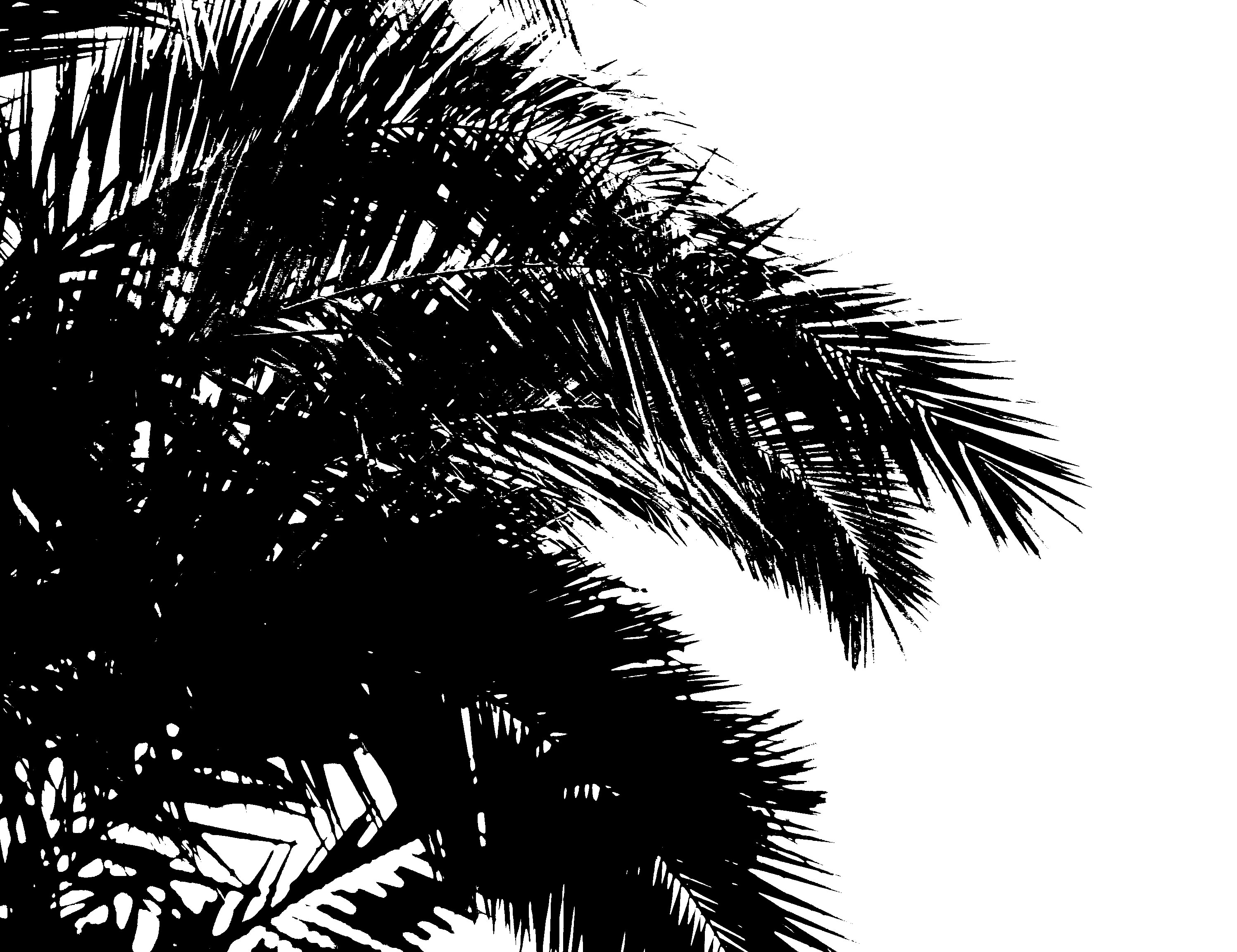
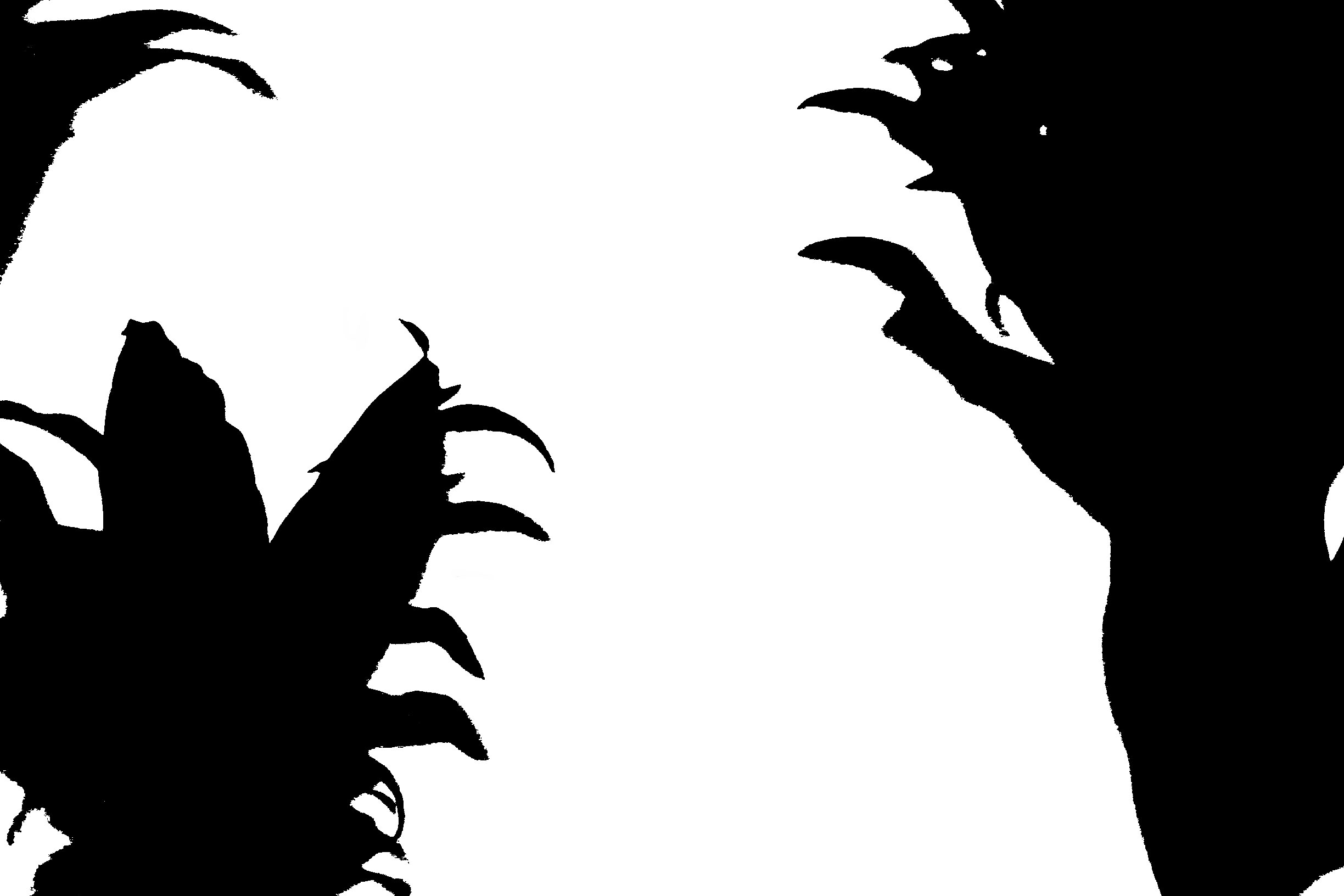
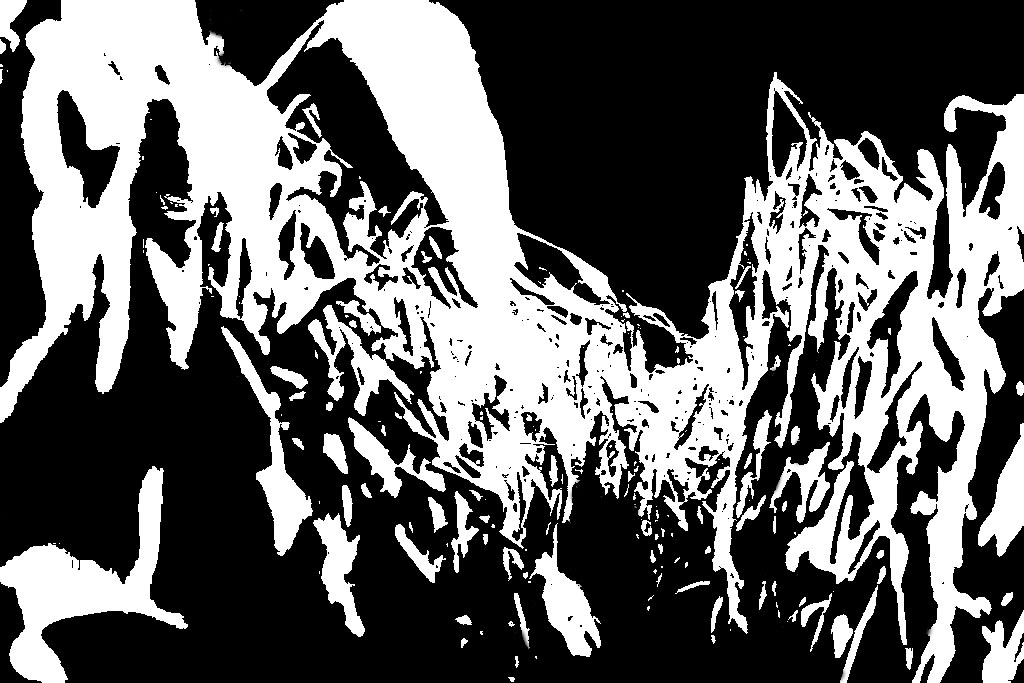
Editing process
In order to recreate Peterson’s work, I went through previous photo shoots and selected four images which I thought would go well with this mid tone idea. I then opened them all up on Photoshop and went up to image>adjustment>threshold. I then adjusted the slider until I was happy with the final outcome (These steps are shown below through the screen shots taken). I then changed the image sizes, in order to make them all the same size. Then on one of the images I doubled the width of the canvas sized and dragged another one of my images next to it. I then doubled the height allowing me to place the other two edits onto the screen, creating a grid of four. I then saved this edit to the size of an A4 paper, allowing me to print it out.
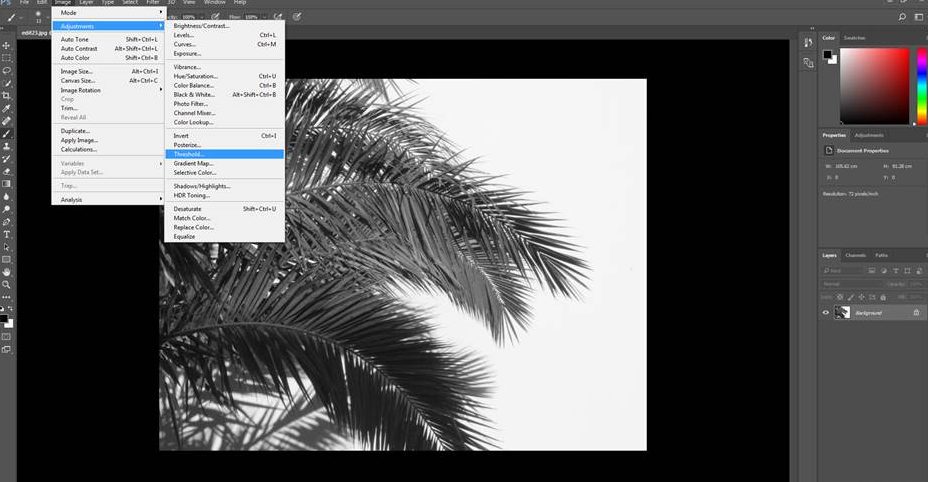

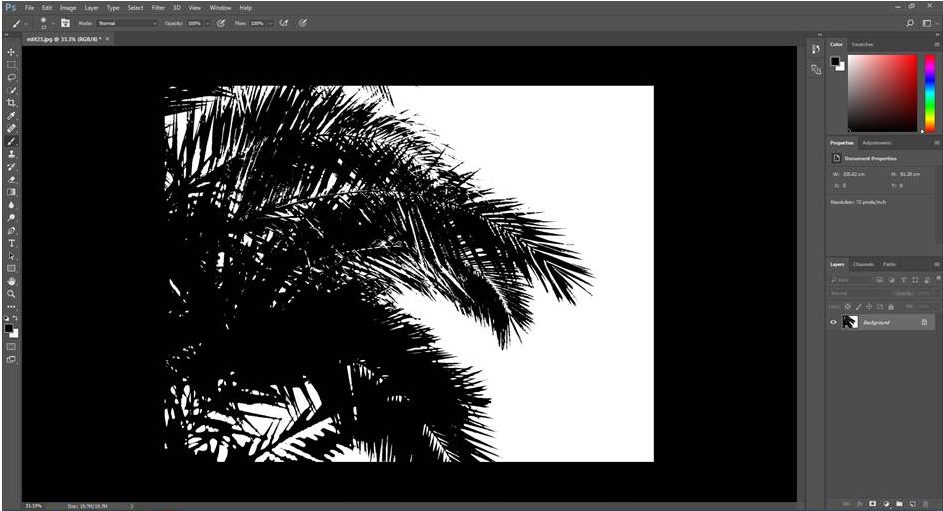
High Contrast
Keld Helmer-Petersen was a danish photographer, who grew up in Copenhagen. He was gifted a Leica camera in 1938 which started up his career in the world of photography. Keld was good at spotting trends within photography at the time and how it was all war influenced which then progressed into The New Objectivity. Albert Renger-Patzsch was a big inspiration for him and opened him up to abstract photography and in 1948 he published the bilingual book 122 Farvefotografier/122 Colour Photographs. Colour photography was his first style but he began to experiment with contrast in black and white photographer, which is what he is now known for. He was influenced by constructionist artists and their interest with industry’s machines and architecture’s constructions. His photos displayed large amounts of structure and patterns within industrial areas.
Original Images
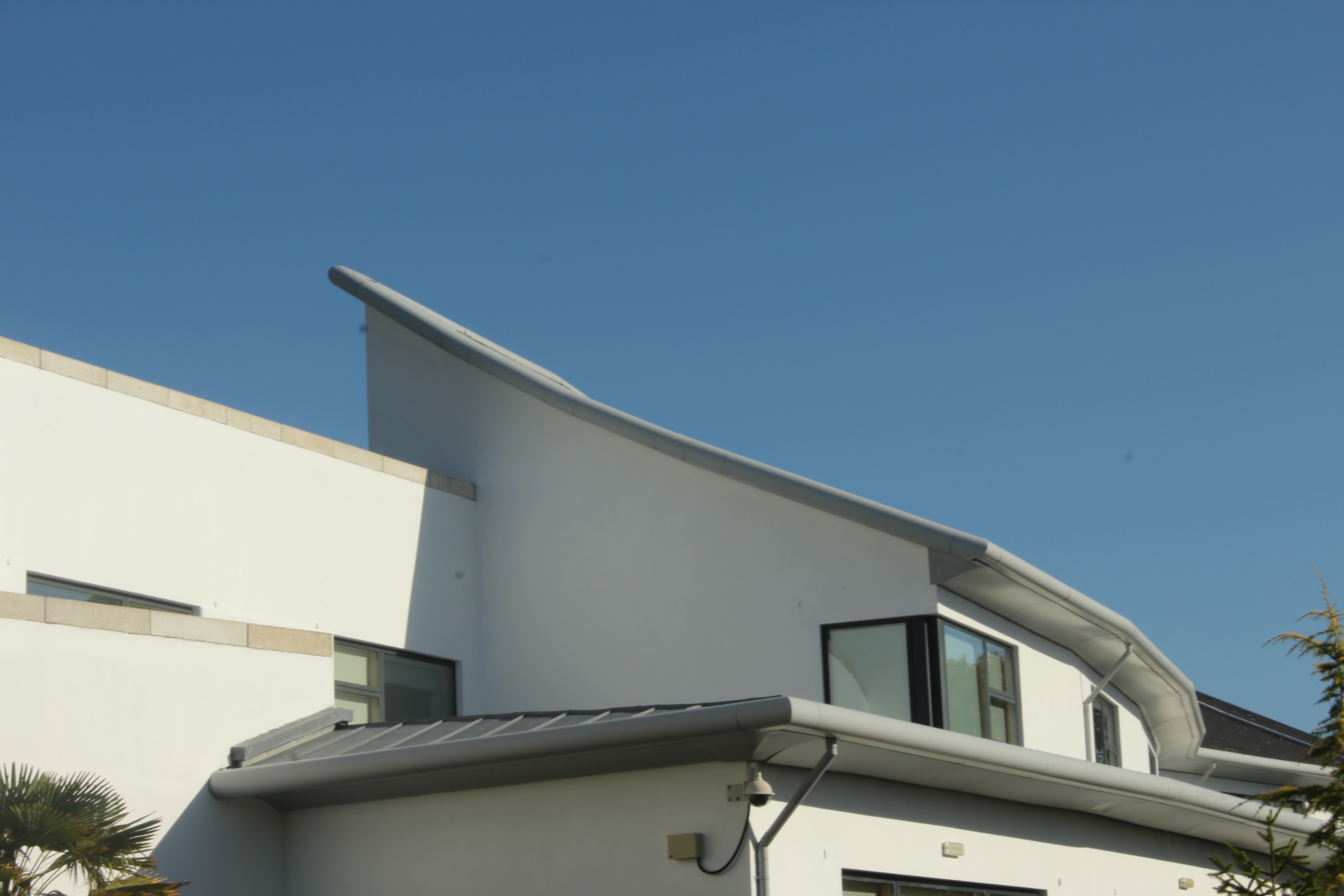
Editing
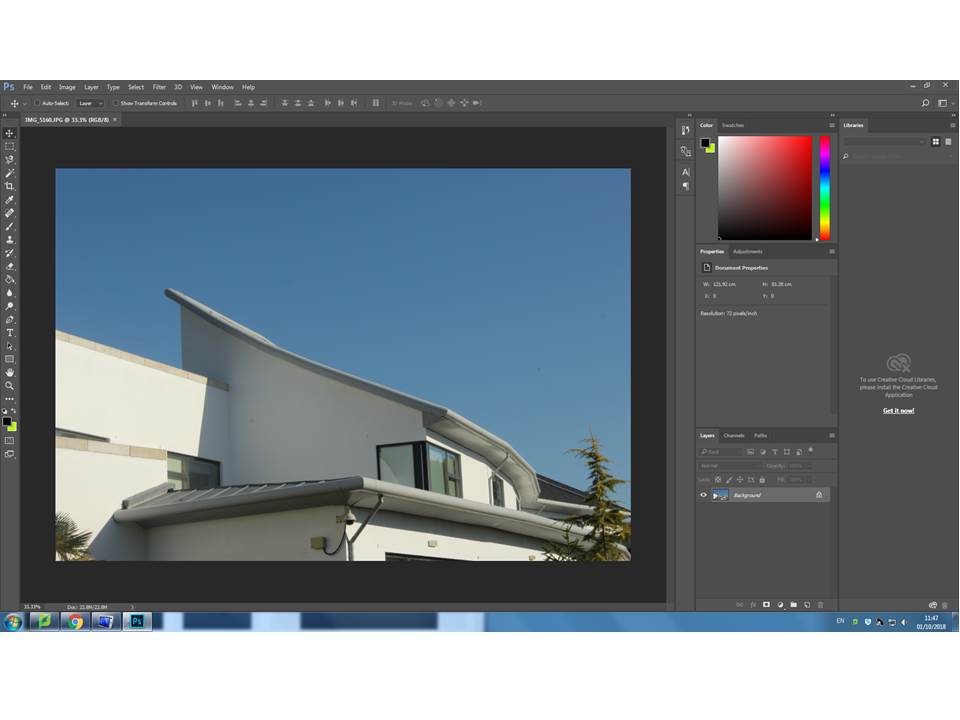

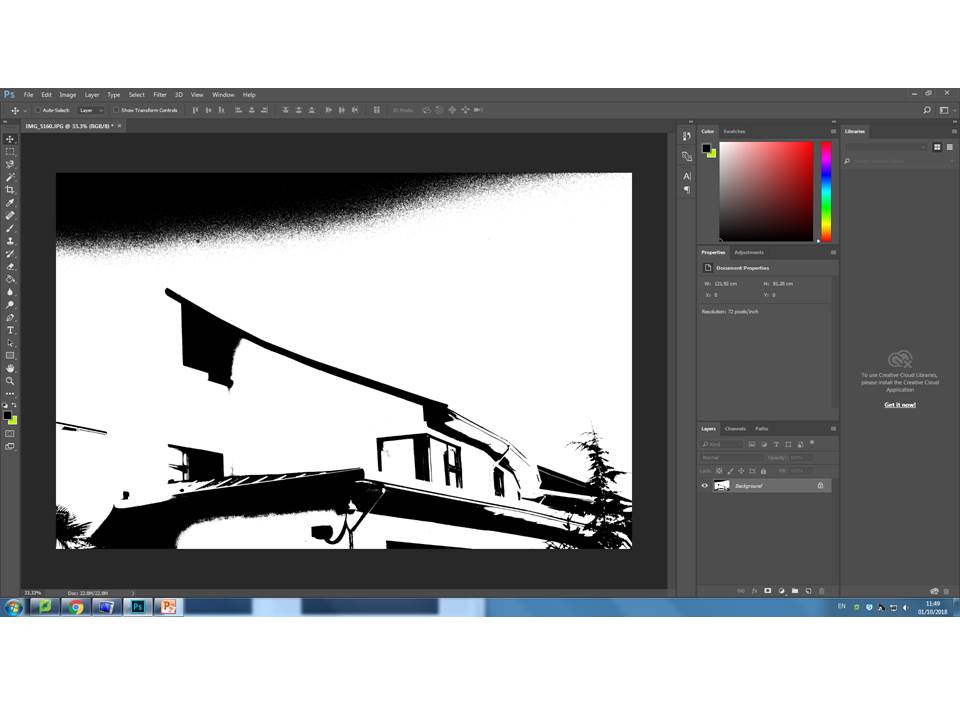
Final Outcome
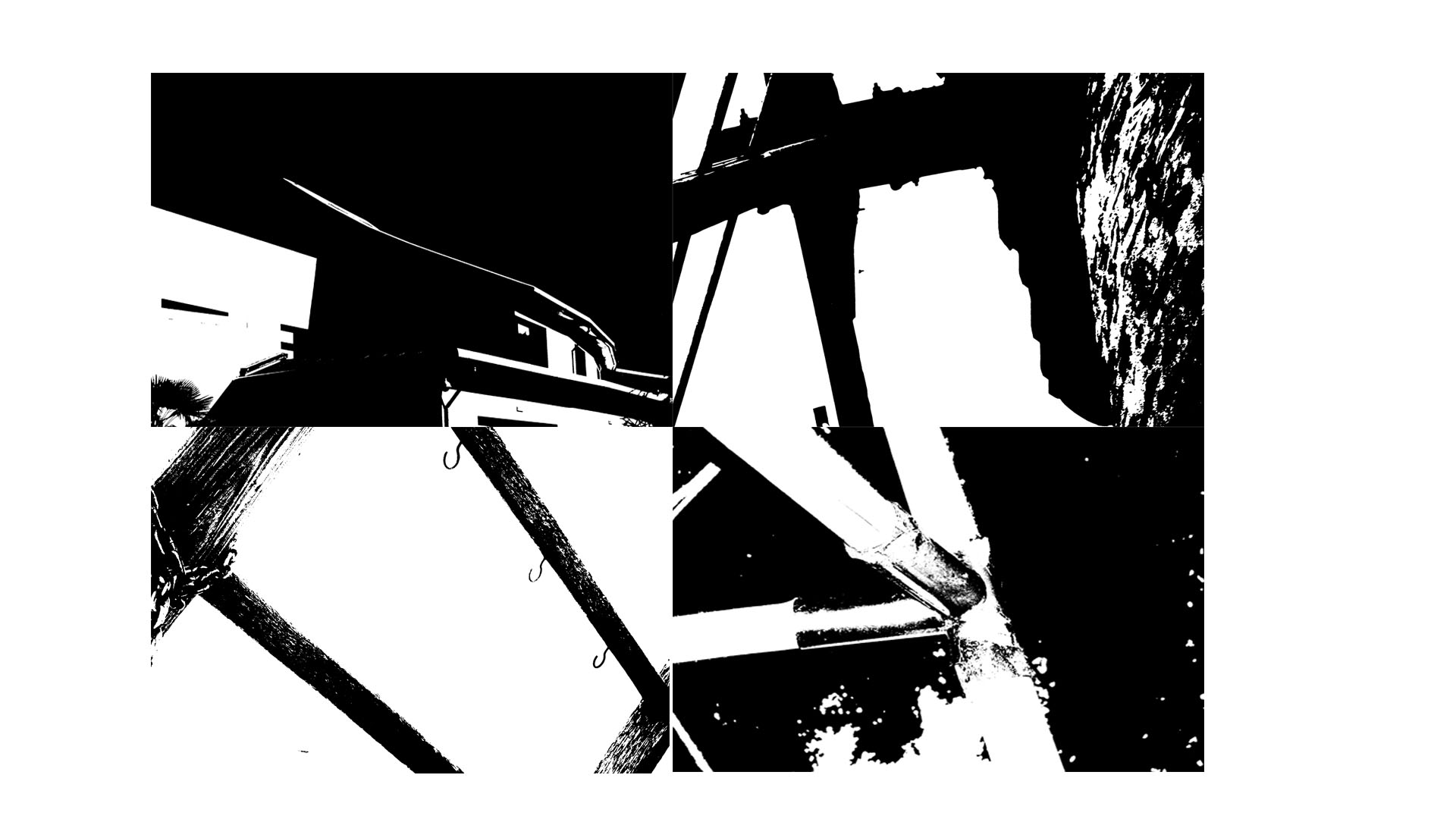
Ralph Eugene meatyard biography and response
Ralph Eugene Meatyard was born on the 15th May 1925, in Illinois. At the age of eighteen he was forced to join the Navy, at the time of the Second World War. Lucky the war had ended before he was sent on an overseas assignment. Soon after the war he dedicated his studies into becoming an optician, but still continued with his passion for photography.
His photographic series ‘No Focus’ has combined his occupation with his hobby, showcasing what he was really passionate about. In this series the photographs are completely out of focus, reveling what it is like for blind people seeing the world. This powerful photographic series changed the way people captured photographs, as it went against the stereotypical techniques we would use to capture an image. His work within this series is very inspiring to photographers as it shows that experimentation with the camera is vital part of photography, and that breaking the stereotypes can actually result in effective images.
My main inspiration from his work was this composition from his ‘Zen Twigs’ series. I took a liking to this due to the fact that within the frame, only one thing is in focus with the background out of focus or ‘blurred’. Within my interpretations, I utilized this skill but used it focusing on objects in the foreground and the background.


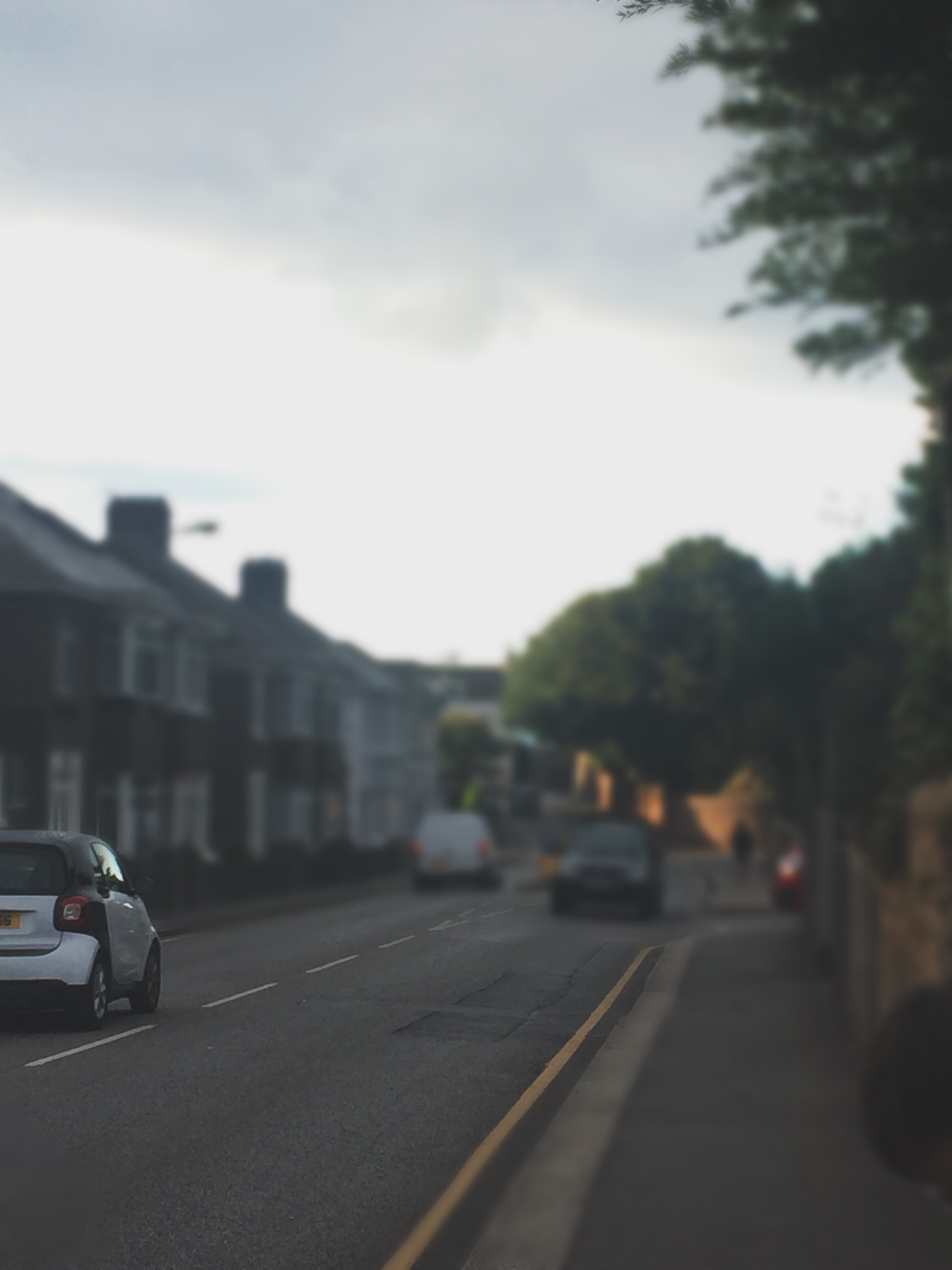
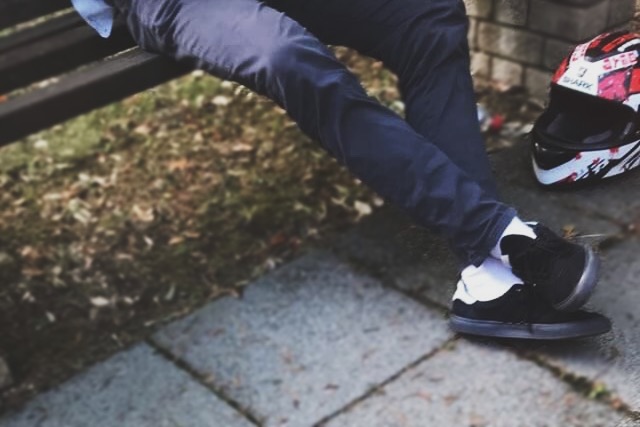
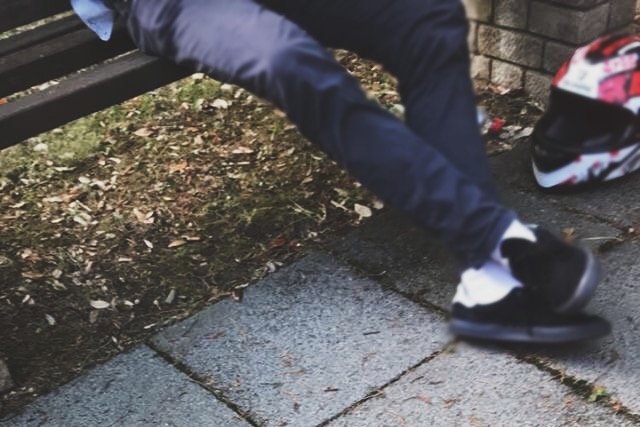
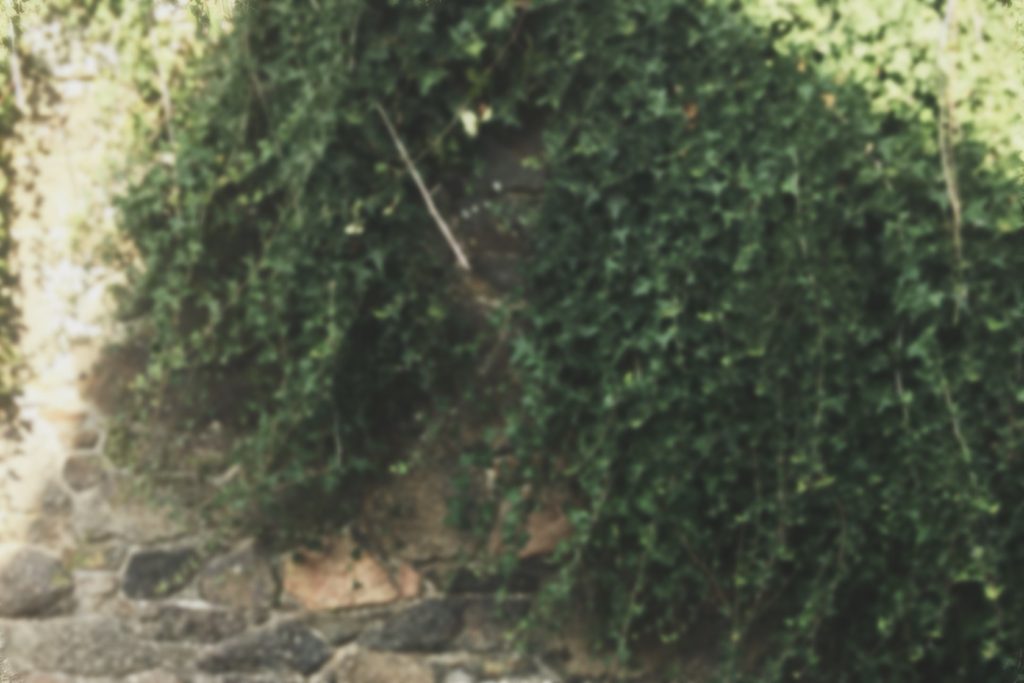
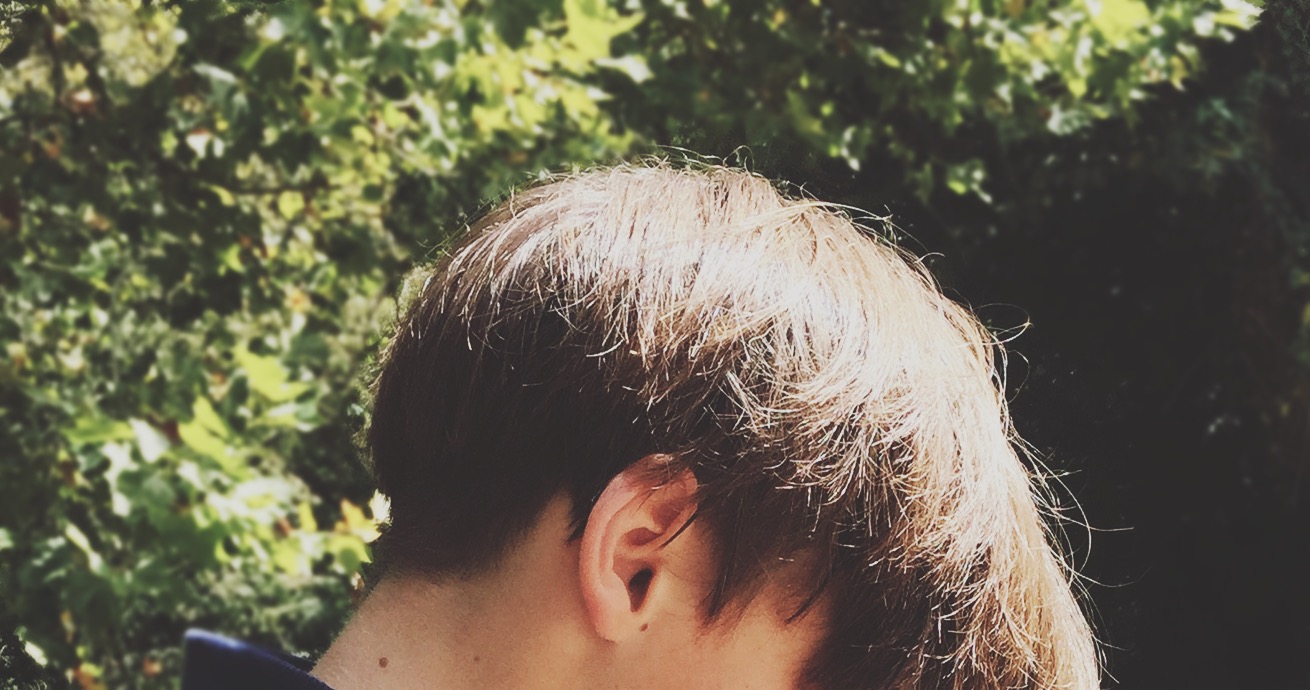



Ralph Eugene Meatyard
Ralph Eugene Meatyard (1925–1972) lived in Lexington, Kentucky, where he made his living as an optician while creating an impressive and enigmatic body of photographs. Meatyard’s creative circle included mystics and poets, such as Thomas Merton and Guy Davenport, as well as the photographers Cranston Ritchie and Van Deren Coke, who were mentors and fellow members of the Lexington Camera Club. Meatyard’s work spanned many genres and experimented with new means of expression, from dreamlike portraits—often set in abandoned places—to multiple exposures, motion-blur, and other methods of photographic abstraction. He also collaborated with his friend Wendell Berry on the 1971 book The Unforeseen Wilderness, for which Meatyard contributed photographs of Kentucky’s Red River Gorge. Meatyard’s final series, The Family Album of Lucybelle Crater, are cryptic double portraits of friends and family members wearing masks and enacting symbolic dramas.

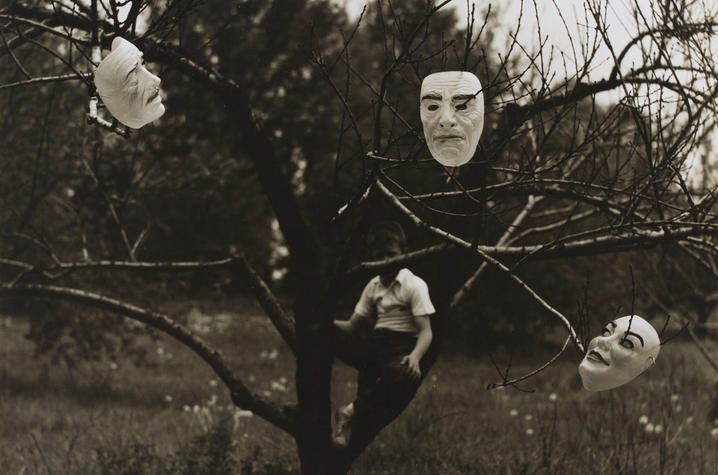
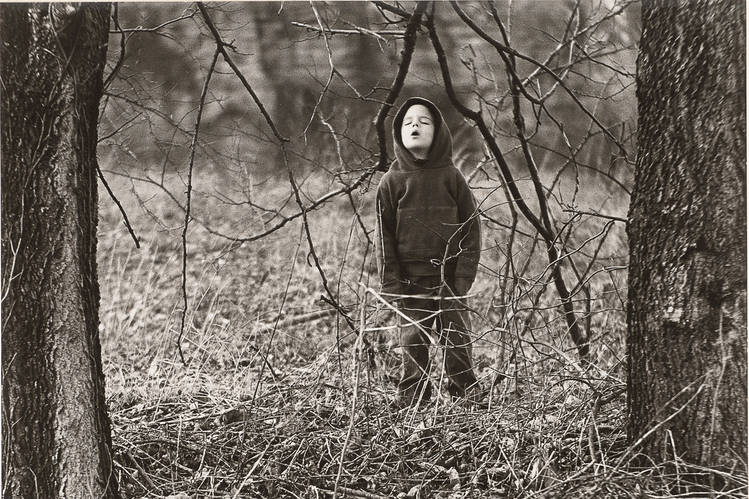
Keld Helmer Petersen
Keld Helmer Petersen was a Danish abstract colour photographer. In the 1940’s and 50’s he captured an array of images which were purely in black and white, without any mid tones. Two books, Black Noise and Black Light, would then be published featuring these images.

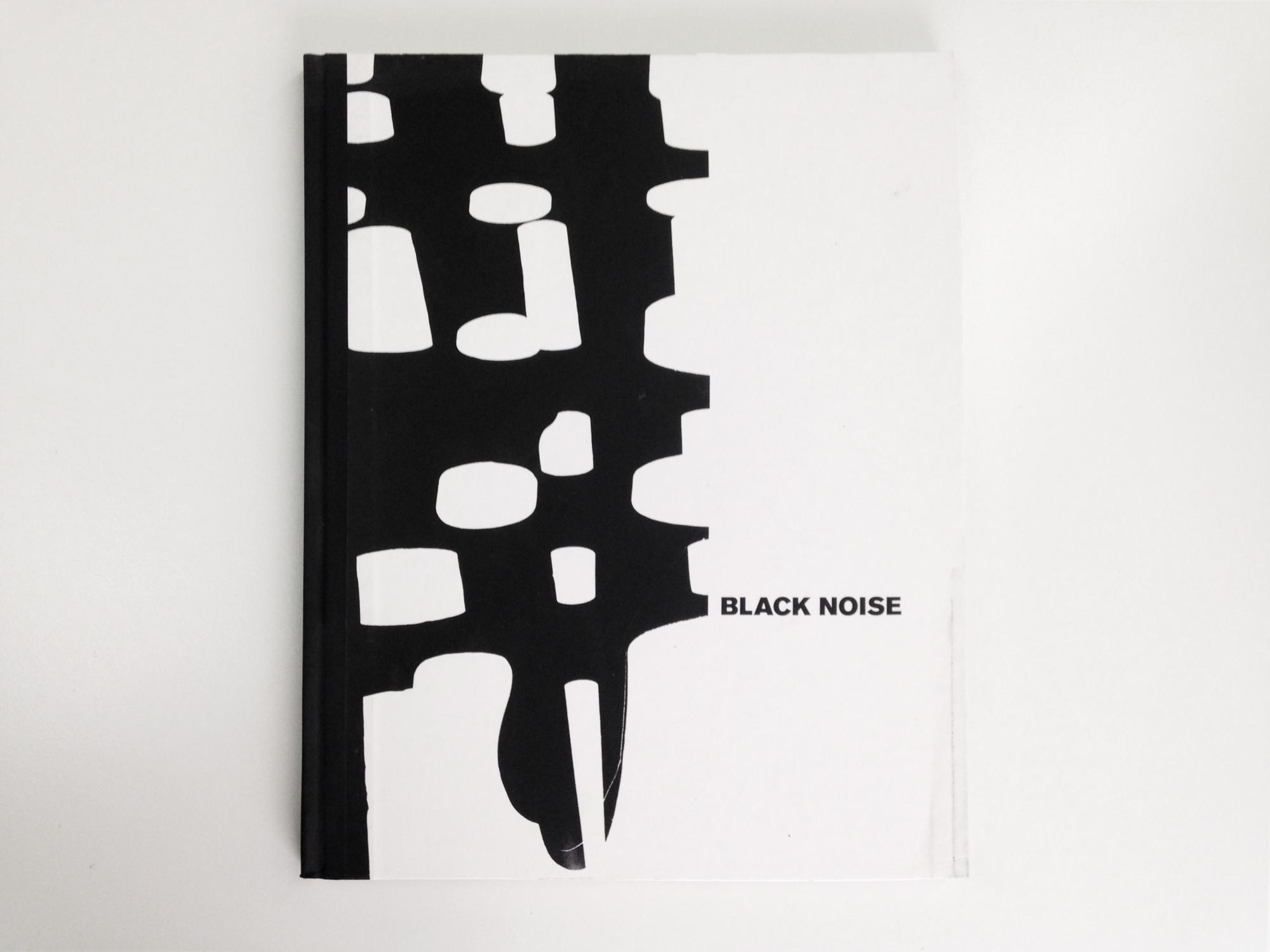

I have tried to capture the essence of Petersen’s images by editing my images in Photoshop and primarily using the ”Threshold” image adjustment tool.


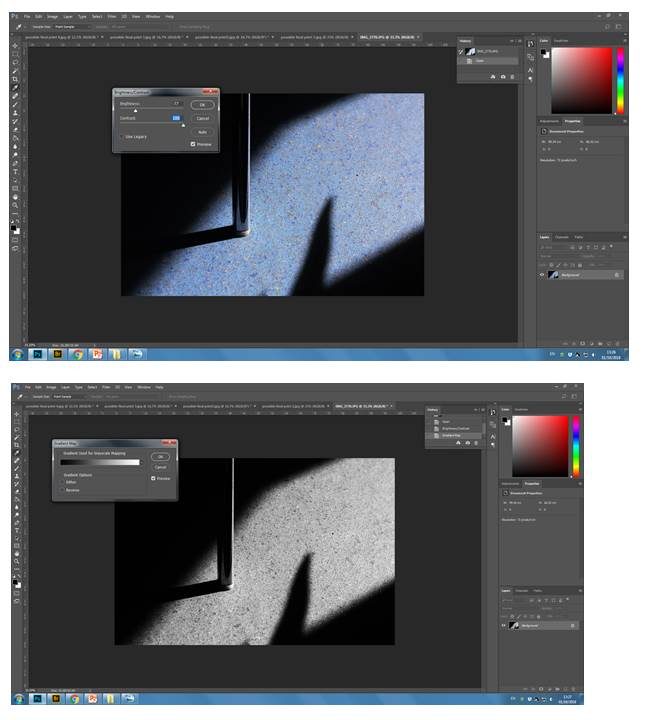
To Convert the image into black and white, I would first use the ‘black and white’ colour altering tool (this would still keep mid-tones). Afterwards I would use the ‘Threshold’ tool to remove mid-tones.

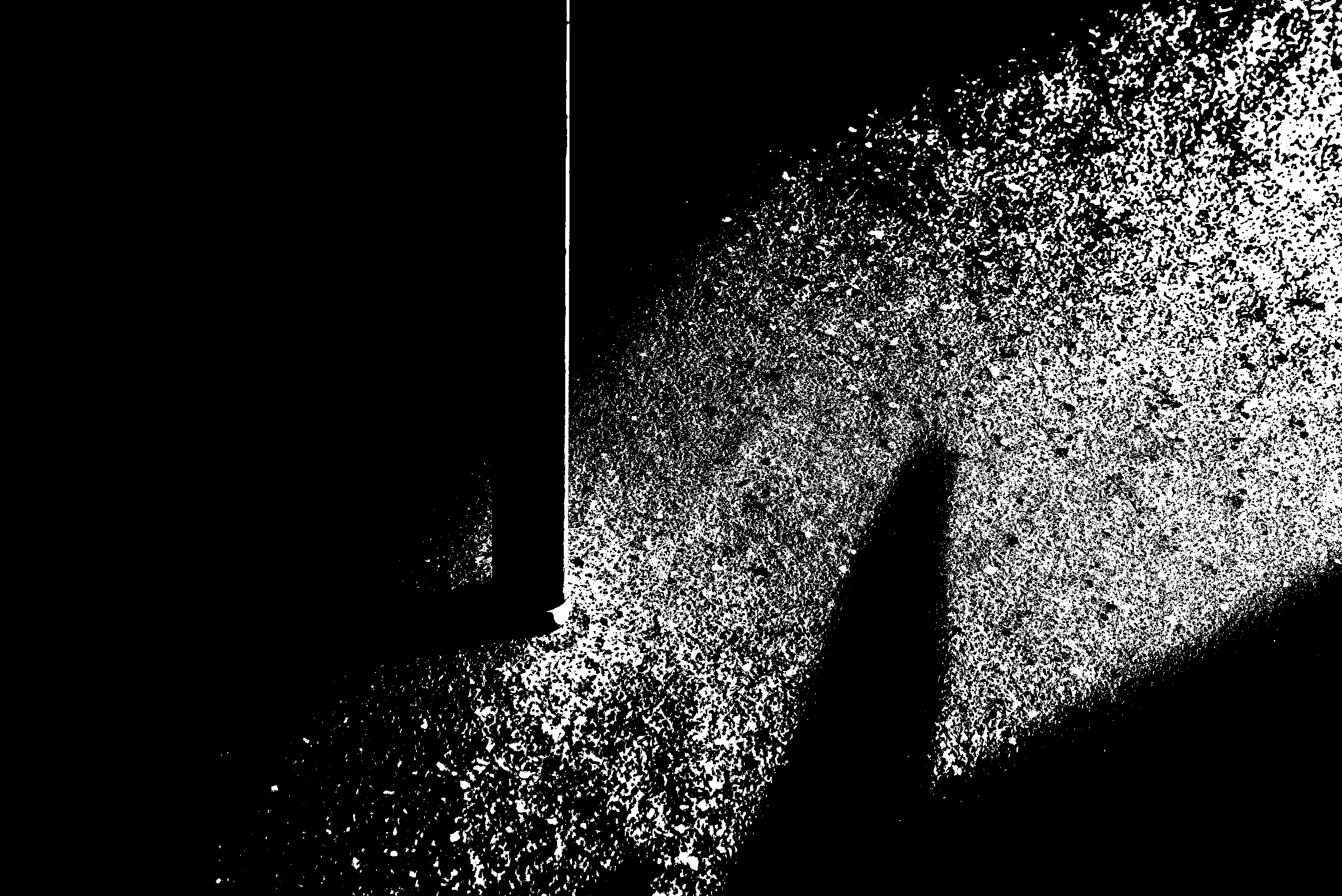
A couple other images I have altered in the same way are:


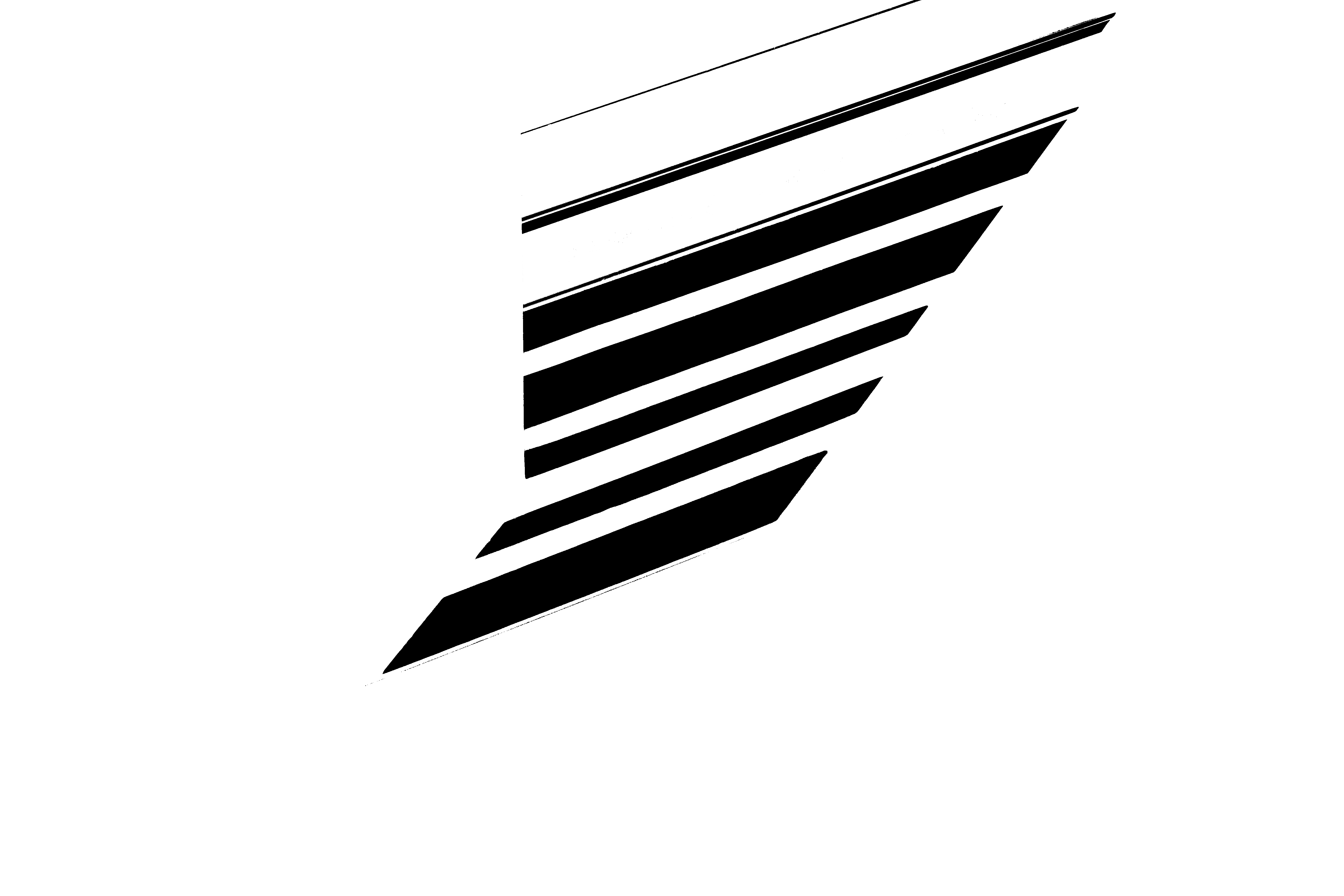
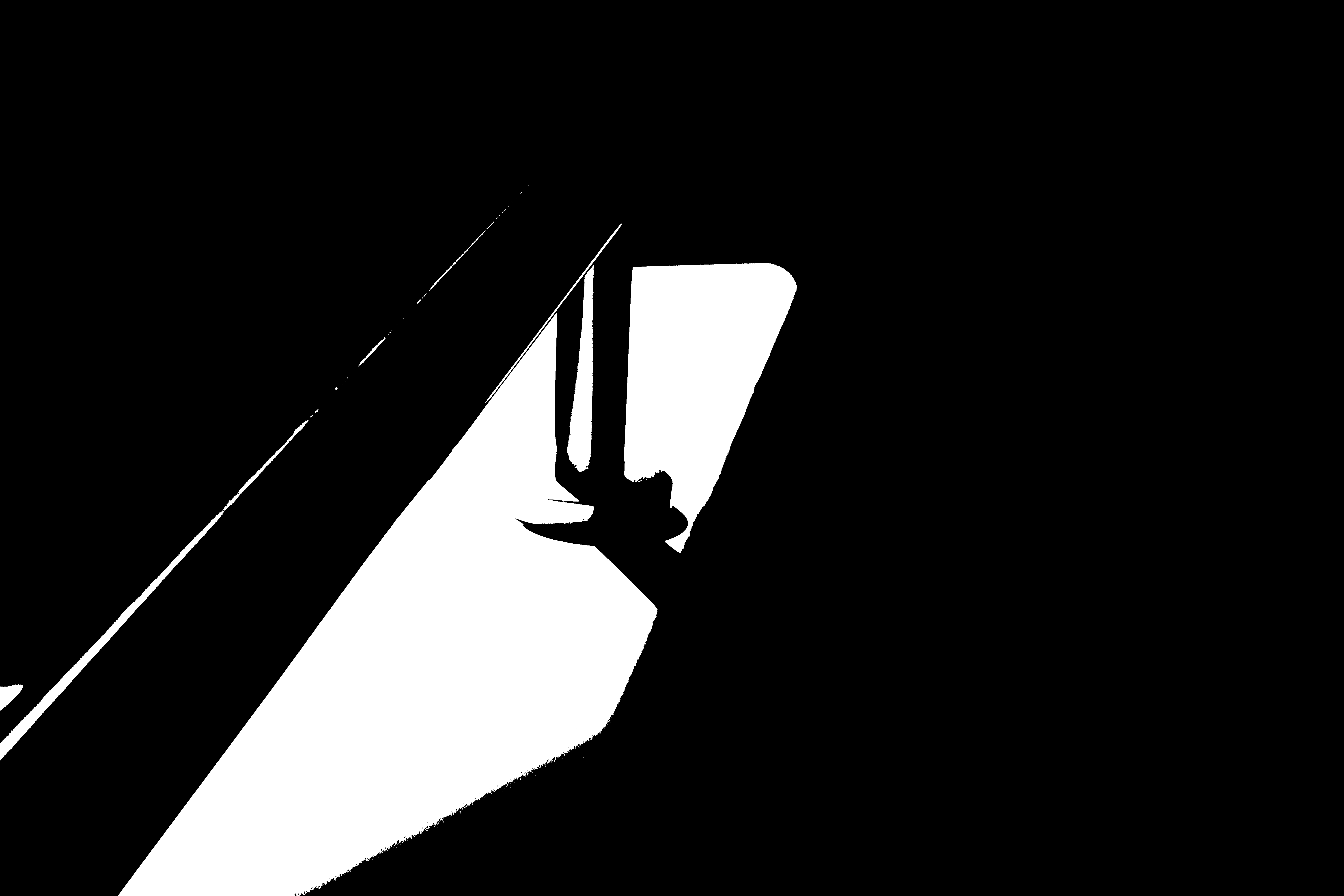
Aaron Siskind



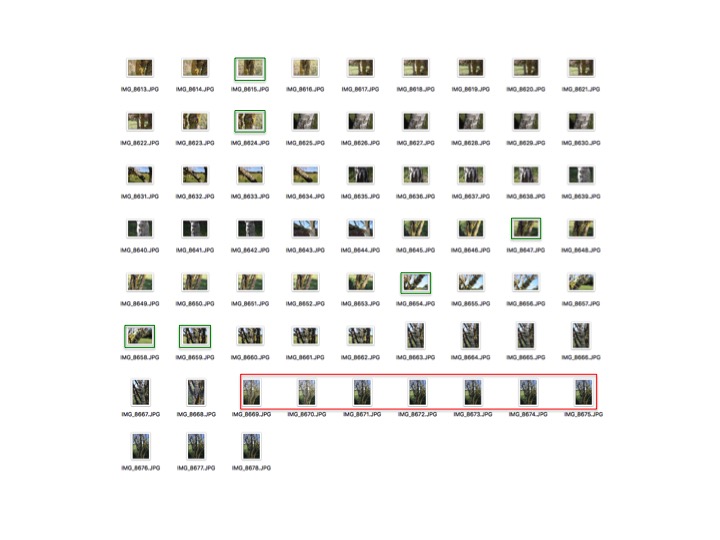
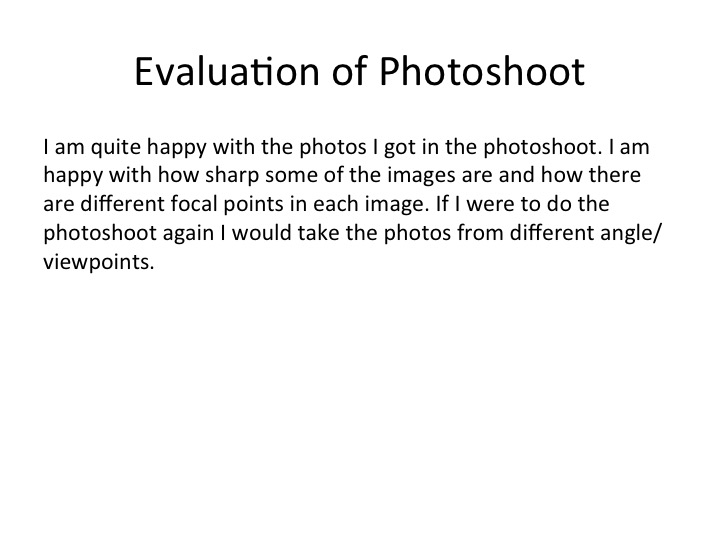
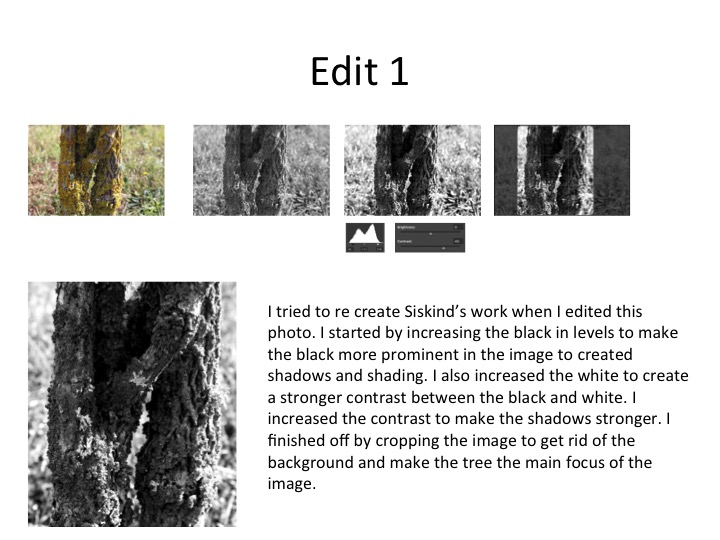

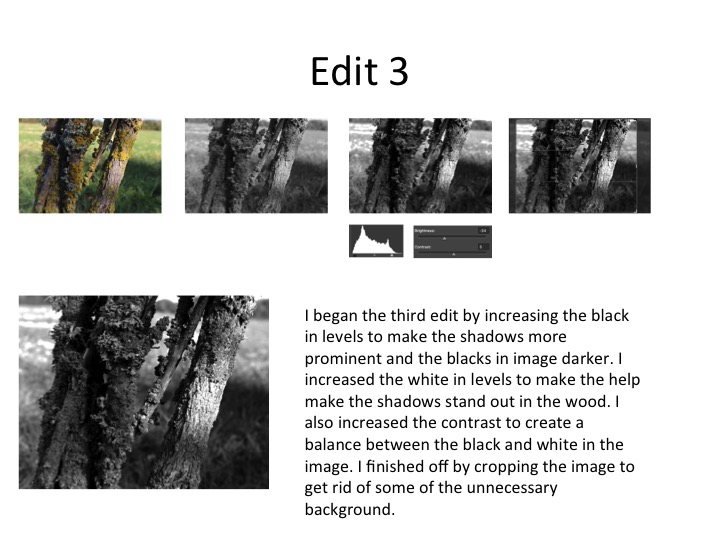
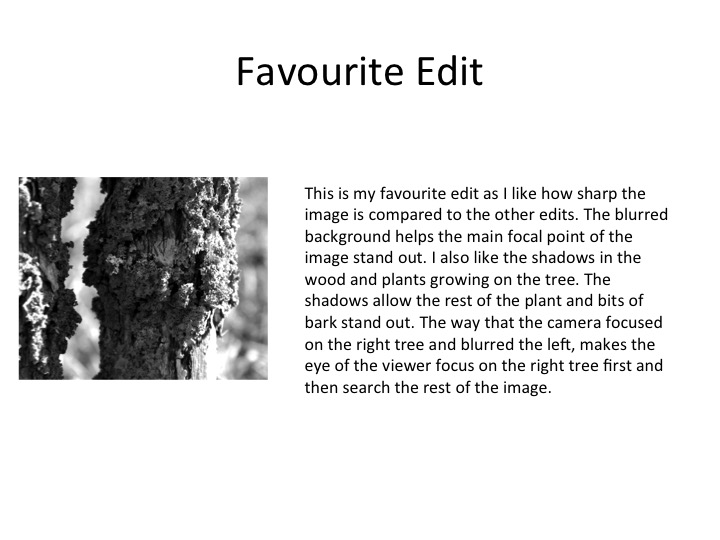
Ralph Meatyard response
RALPH MEATYARD’S WORK AND LIFE:
Ralph Eugene Meatyard (1925–1972) lived in Lexington, Kentucky, where he made his living as an optician while creating an impressive and enigmatic body of photographs. Meatyard’s creative circle included mystics and poets, such as Thomas Merton and Guy Davenport, as well as the photographers Cranston Ritchie and Van Deren Coke, who were mentors and fellow members of the Lexington Camera Club. Meatyard’s work spanned many genres and experimented with new means of expression, from dreamlike portraits—often set in abandoned places—to multiple exposures, motion-blur, and other methods of photographic abstraction. He also collaborated with his friend Wendell Berry on the 1971 book The Unforeseen Wilderness, for which Meatyard contributed photographs of Kentucky’s Red River Gorge. Meatyard’s final series, The Family Album of Lucybelle Crater, are cryptic double portraits of friends and family members wearing masks and enacting symbolic dramas.



WORK ANALYSIS:
Meatyard stated in a lecture to the Louisville Photographic Society, he was involved in working on no fewer than 12 “methods, series, subjects.” Among them were what he called “photographs made under the influence of Zen,” shown here with the title “Zen Twigs.” While the images are very minimalist, they deal with growth and decay, is impressive, they are familiar enough to be looked over lightly. A particularly beautiful one (untitled, like much of Meatyard’s work) shows a young trunk sprouting — or seeming to sprout — a branch that curls around it in a wiry loop, the whole almost a visual haiku. The simplistic tonal range of the image is effective in portraying the theme of deterioration and degeneration. Meatyard has clearly used a very narrow field o view, with a singular branch being in focus and the rest of the backdrop is extremely blurry. The images are in a mid-range of exposure, not too overexposed or underexposed. The light grey tones from the backdrop of the photo, highlight they unsophisticated, dead branch. The upwards growth of the branches, have strong and dark lines which cut through the sea of blurriness. The image also contains various shades of white, black, and grey, all working together to create a harmonious image. The contrast between the blurry backdrop and the foreground give the image a real sense of depth and space.

MY OWN WORK:
During this photo shoot, I focused mostly of the formal elements which i had to include but also capturing the Gothic nature of Meatyard’s work: dark, still, and simplistic. A dark evening, used in conjunction with editing resulted in a grey dark grey tonal range of the images.

MY WORK ANALYSIS:
For this photo shoot I attempted as much as possible to recreate Meatyard’s “zen sticks” series. I particularly focused on exposure settings, focus control, and depth of field. The photograph below was taken of a dead tree, of the branches facing upwards towards the sky. Meatyard’s images are all very dark and dramatic therefore I chose to do my photo shoot during the evening, on a stormy, grey day. I increased the exposure to 800 in order to capture the branches in a dark setting yet still have some highlights and shadows. The dark night, and mid-range ISO setting meant that the image contracted a lot of motion blur, the effect which i was aiming to get. It resembles the work of Meatyard in many ways. The dark evening also meant that the resolution of the images decreased and became more grainy. The branches of the tree were also quite far up meaning i had to decrease the depth of field and zoom in, again compromising the quality of the image. The grainy texture of the image I feel adds to the overall aesthetic of Meatyard’s work: old and worn. The differences in motion blur also create a focal point in the image, with the central branch being less blurred than the outermost parts of the image. The image is also quite underexposed which further adds to the dramatic and intense tone, giving it almost a Gothic aura. There is a very apparent sense of space in the photo as the lack of branches in the top left hand corner of the image freeing up space. There is also a lack of light in this image due to both the time of day the image was taken and the lack of exposure adjustments made on the image during editing as i wanted to retain the dark theme.
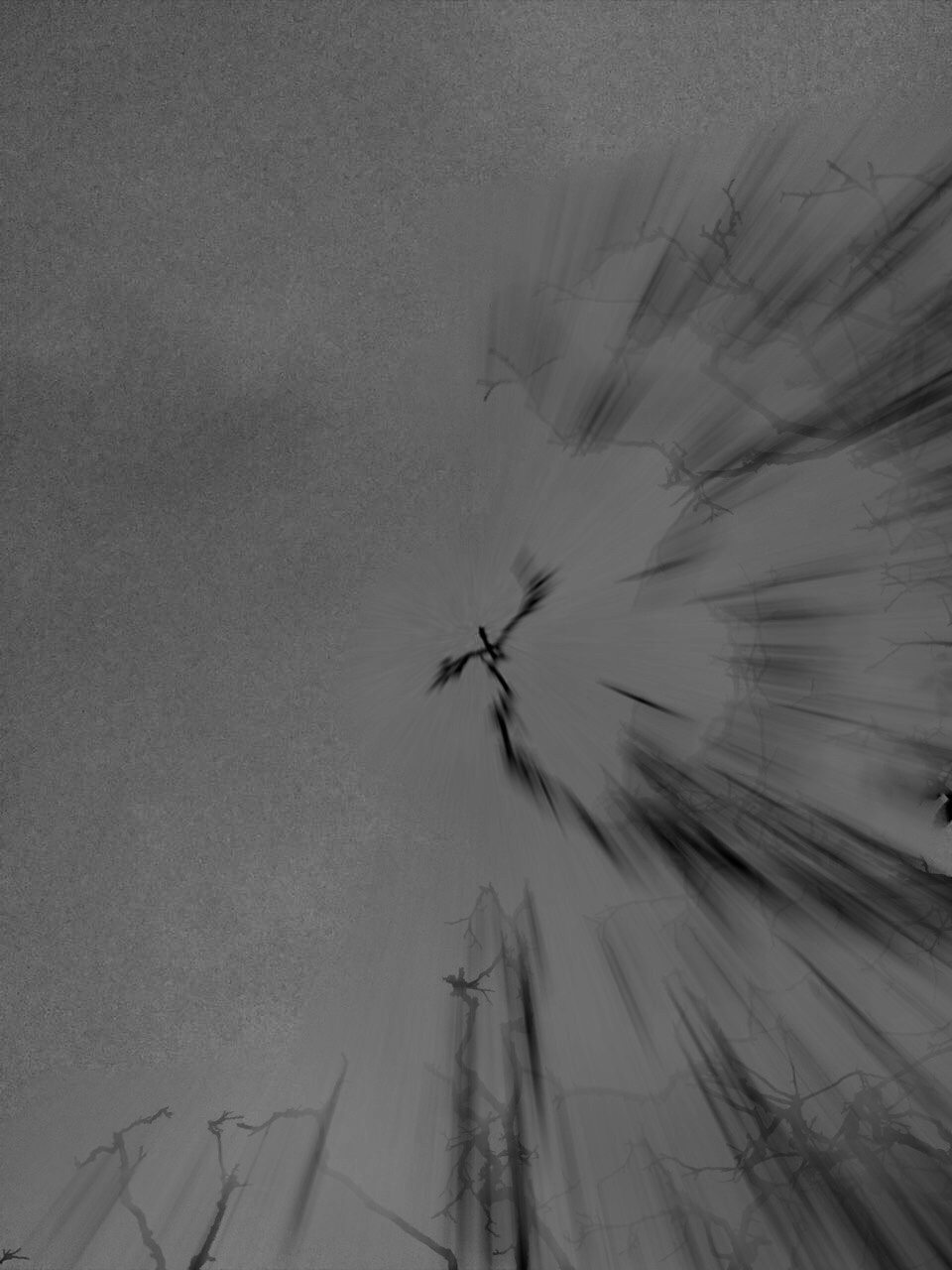
Week 4 Homework – Uta Barth
Uta Barth
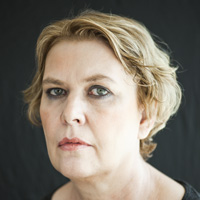 Uta Barth is a contemporary photographer who lives and works in Los Angeles, California. She is a 2012 MacArthur Fellow and a recipient of the John Simon Guggenheim Fellowship in 2004‑05. Barth experiments with blurred backgrounds, cropped frames and the natural qualities of light.
Uta Barth is a contemporary photographer who lives and works in Los Angeles, California. She is a 2012 MacArthur Fellow and a recipient of the John Simon Guggenheim Fellowship in 2004‑05. Barth experiments with blurred backgrounds, cropped frames and the natural qualities of light.
Uta Barth’s work is represented in numerous public and private collections worldwide, including the ‘Museum of Modern Art’, the ‘Metropolitan Museum of Art’, the ‘Solomon R. Guggenheim Museum’, and the ‘Whitney Museum of American Art’ in New York; the ‘Tate Gallery’ in London; the ‘Art Institute of Chicago’ and the ‘Museum of Contemporary Art’ in Chicago; and the ‘Los Angeles County Museum of Art’, the ‘Museum of Contemporary Ar’t, the ‘J. Paul Getty Museum’, and the ‘Hammer Museum’ in Los Angeles; the ‘San Francisco Museum of Modern Art’; the ‘Walker Art Center’ in Minneapolis; and ‘Massachusetts Museum of Contemporary Art’ in North Adams, Massachusetts.
Her work is exhibited regularly and has been shown in one-person and group exhibitions in galleries and museums throughout the United States and Europe, including New York, Los Angeles, San Francisco, London, Stockholm, Sweden, Düsseldorf, Germany, Bilbao, Spain, and Tokyo, Japan.
Example of her Work

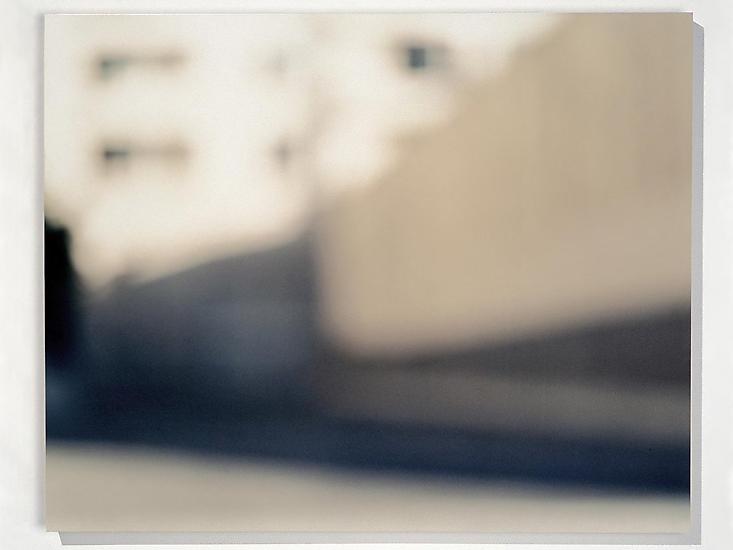 I really like how she takes her photos as it gives a very vintage and retro vibe, which I personally really enjoy
I really like how she takes her photos as it gives a very vintage and retro vibe, which I personally really enjoy
My work in the style of Uta Barth
For this homework I decided to experiment with white balance and manual exposure. I kept the ISO on 400 and I differentiated between different shutter speeds from 1/3-1/80. I also kept it on F5.6.

Contact Sheets
Green = Yes
Orange = Maybe
Red = No
Yellow = Edit
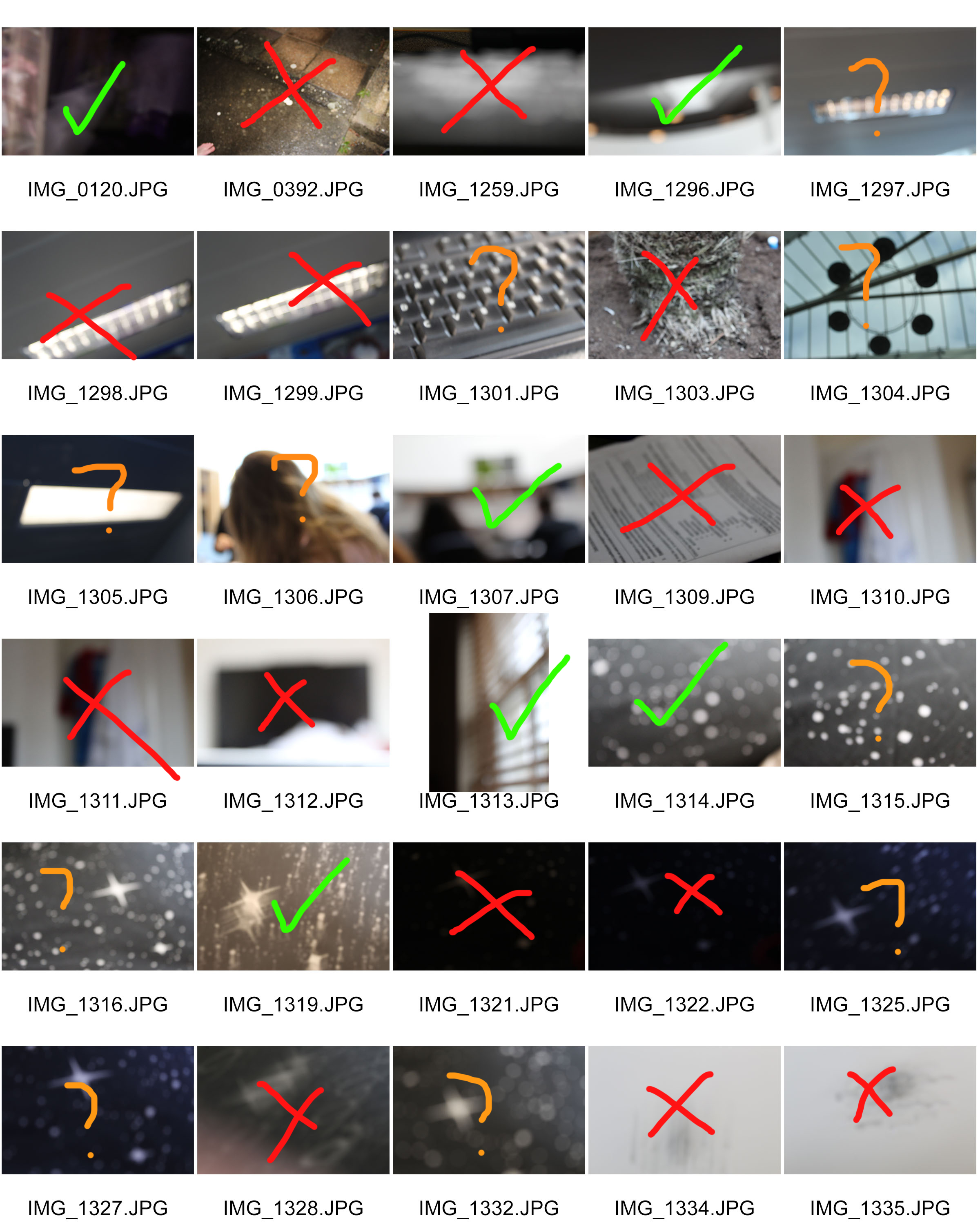



My Favourite Photos (Edited)
I edited all of my photos on Photoshop.
I decided to choose these images because I think they were taken very well and produced very good images. On every photo I used the level tool (Ctrl, alt, L) to achieve the look of these images. I also played around with brightness, contrast, vibrancy and saturation.

In this photo, I played with the levels tool to achieve this photo. I really like how the darkness of the people contrast with the light from the windows. I think this photo turned out really well and I really like it.

With this next photo, I again played with levels and brightness. I also put a photo filter on to make it look better. I really like the way this photo turned out because you cant really tell what the photo is. I also really like the contrast of the bright white structure against the the neutral colours of the furniture.
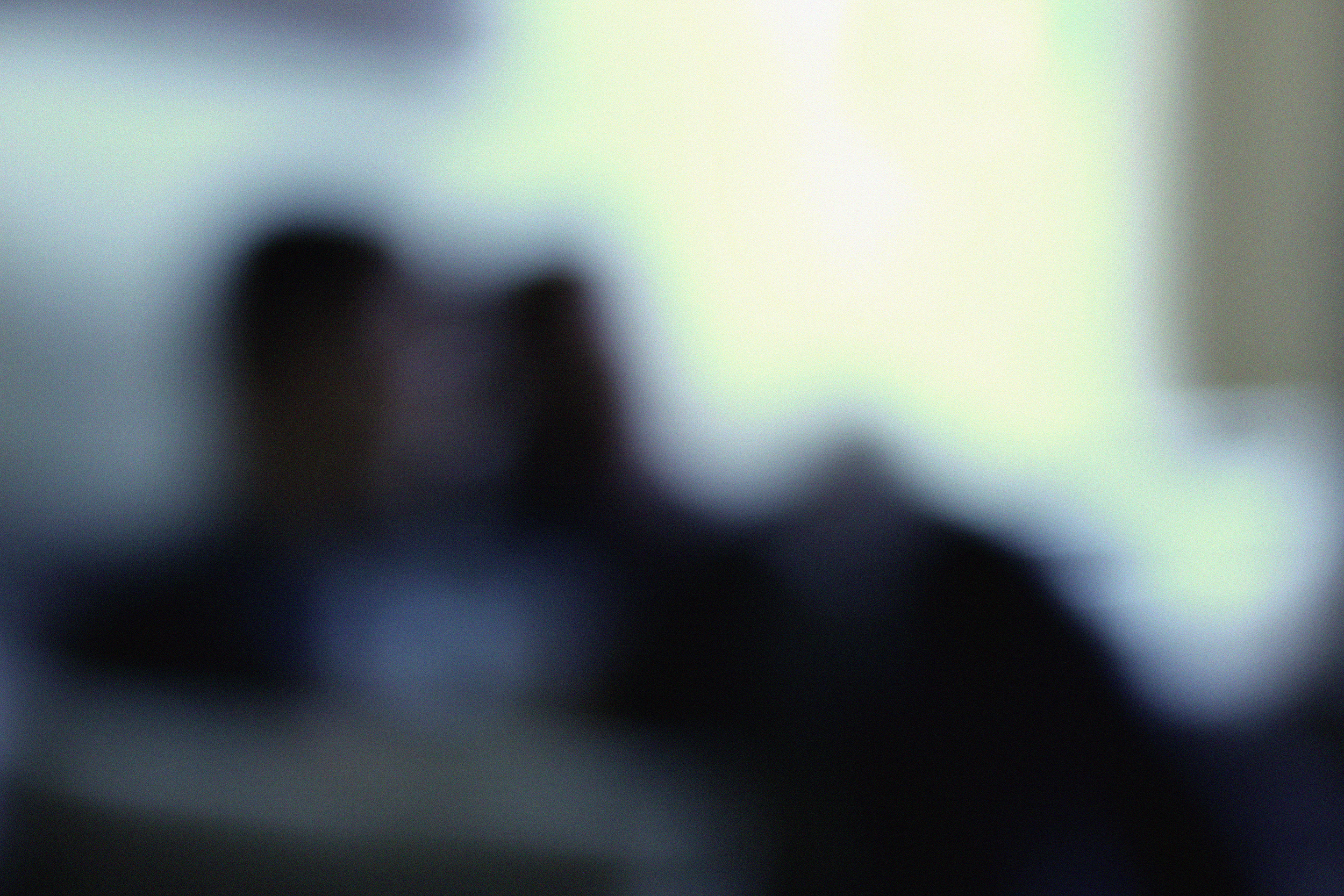
This photo has to be my favourite picture from the photo shoot. It almost looks like the the heads are being peeled apart kind of. I experimented with levels and photo filters. I also decided to add noise to make it look more retro and vintage. I really liked how this photo turned out and I hope to take a photo in this style again.
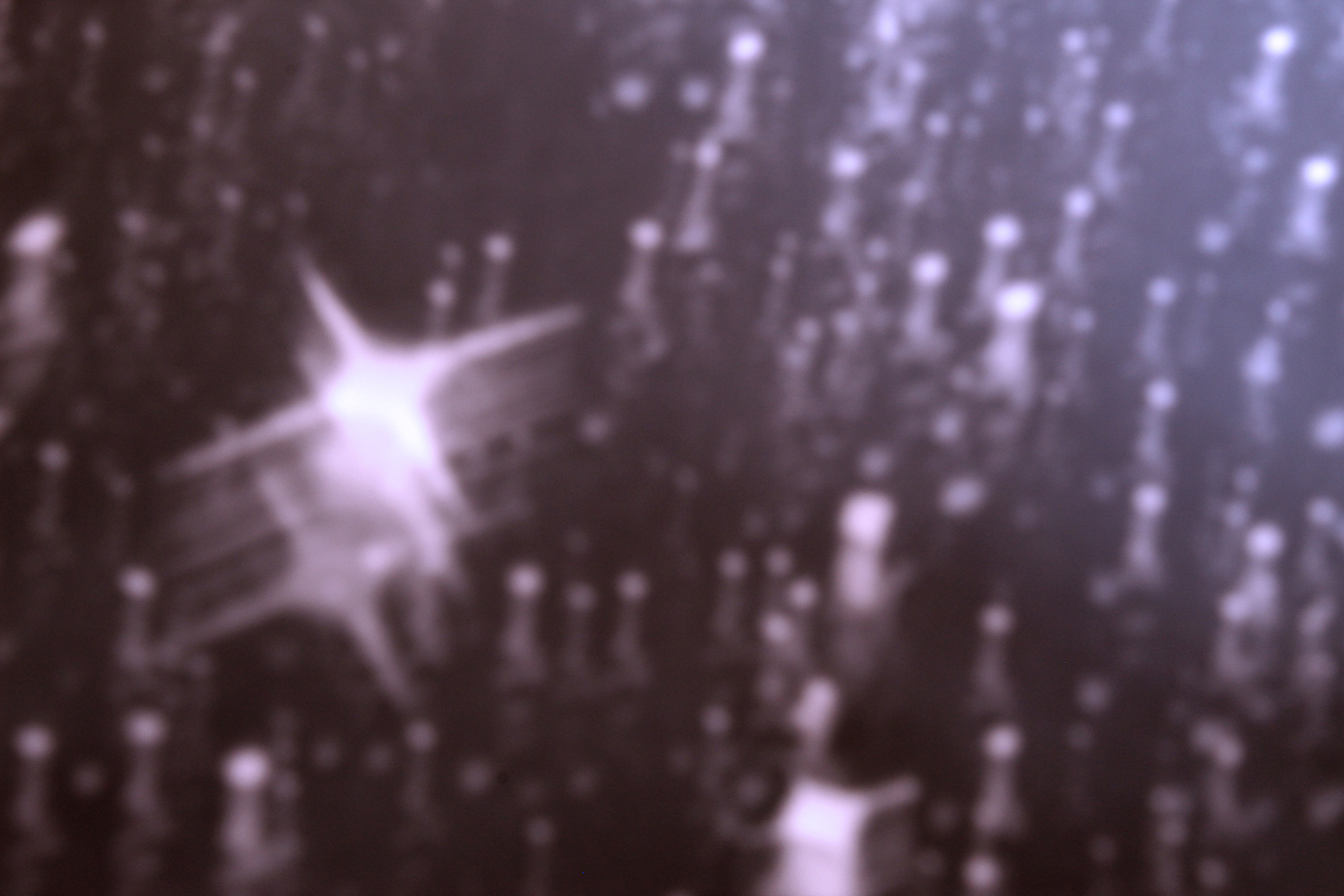 I am really pleased with how this photo turned out because it is in the style that I really like. I played around with photo filters, levels and brightness and contrast. This photo has to be my second favourite out of this photo shoot.
I am really pleased with how this photo turned out because it is in the style that I really like. I played around with photo filters, levels and brightness and contrast. This photo has to be my second favourite out of this photo shoot.
Conclusion
In conclusion, I think this photo shoot went very well as I took many great photos. I think to make this better I would’ve taken photos somewhere else, but, I am happy with the results I got from taking it around the house. Next time I think I will try yo use this technique in my photos as I really like the outcome of the photos when you take it this way.
Ralph Meatyard & Uta Barth
Ralph Eugene Meatyard
Meatyard made his living as an optician but was a member of the Lexington Camera Club and pursued his passion for photography outside the mainstream. Meatyard’s work spanned many genres and he experimented with various strategies including multiple exposures, motion blur and other methods of photographic abstraction. Two of his series are concerned with focus and depth of field. They both show the expressive potential of photography, film and cameras when looking at the ordinary world.

Zen strongly influenced Ralph Meatyard's photography works since his photos reflect a connection between nature and humans. His Zen twig series include close up detailed images of thin tree branches set against out of focus backgrounds. To respond to his photographic style, I will take photos zoomed in on twigs and make sure that the background is blurred so the subject is sharply focused.
Uta Barth
Uta Barth describes herself as an artist who works mostly with photographs. She is interested in light, drawing attention to the viewer’s perception and separating the image from the thing depicted. Although her images are blurred, they appear abstract. The works that brought her international attention is the photographic series Ground and Field. These photographs are blurred caused by focusing the camera on an unoccupied foreground. Uta Barth has made visual perception the subject of her work. She carefully renders blurred backgrounds, cropped frames and the natural qualities of light to capture incidental moments.

Field #20 is a photograph of a street corner taken deliberately out of focus with a shallow depth of field. At a glance the image appears to look like an abstract design of muted browns and greys with red traffic lights that have been expanded by the out of focus effect. Close up they look like an abstract composition of coloured dots and from a distance the street scenes appear disorted as if seen through a partially opaque glass. To respond to her photography style, I will deliberately take images out of focus to create abstract photos with a merge of colour










